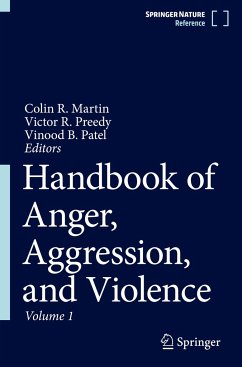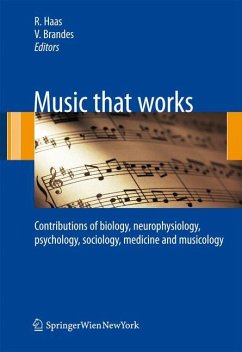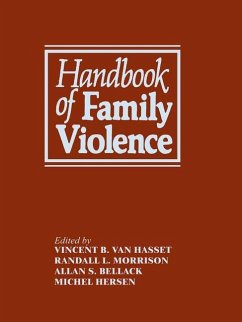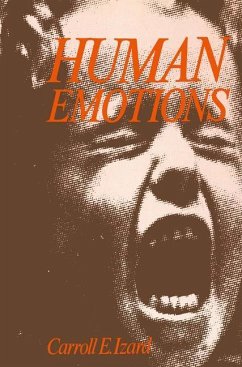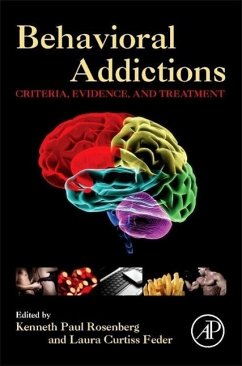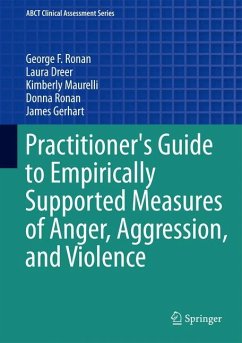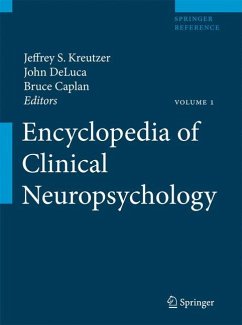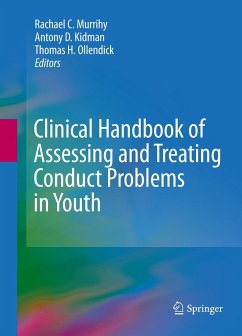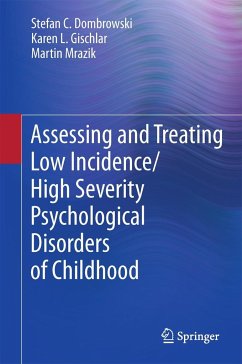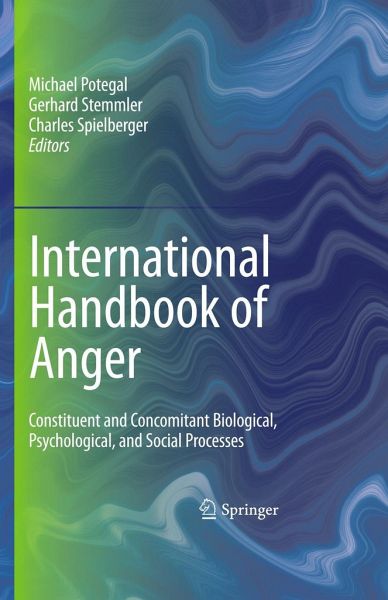
International Handbook of Anger
Constituent and Concomitant Biological, Psychological, and Social Processes
Herausgegeben: Potegal, Michael; Stemmler, Gerhard; Spielberger, Charles
Versandkostenfrei!
Versandfertig in 6-10 Tagen
228,99 €
inkl. MwSt.

PAYBACK Punkte
114 °P sammeln!
From the individual rage-driven violence of domestic abuse to the destructive causes and lasting consequences of large scale ethnic and political conflict, anger and its effects are ubiquitous in human life, and are the focus of intense study across many scientific disciplines: fields as varied as affective neuroscience, health science, psychology, psychophysiology, and sociology have all contributed to recent advances in the understanding of anger. The editors of the International Handbook of Anger bring these major contributions together for a unique portrayal of the many aspects of anger-ev...
From the individual rage-driven violence of domestic abuse to the destructive causes and lasting consequences of large scale ethnic and political conflict, anger and its effects are ubiquitous in human life, and are the focus of intense study across many scientific disciplines: fields as varied as affective neuroscience, health science, psychology, psychophysiology, and sociology have all contributed to recent advances in the understanding of anger. The editors of the International Handbook of Anger bring these major contributions together for a unique portrayal of the many aspects of anger-evolutionary and biological bases, behavioral processes and effects, physiological concomitants, clinical aspects, and role in the larger social picture-with coverage that is both wide-ranging and integrative. State-of-the-art findings by highly regarded experts are organized for maximum utility, with extensive cross-referencing between chapters and editors' introductory commentary linkingthe book's sections.
A sampling of the coverage in the Handbook:
Historical views and roles of anger in Western and nonwestern cultures.
Current genetic, neurological, neurochemical, and psychophysiological perspectives.
Cross-cultural expressions: facial, vocal, and linguistic.
Affective, motivational, and cognitive processes in anger.
Gender differences in anger triggers, experience, and behavior.
Anger in development and across the lifespan: Infancy, childhood and adulthood
Assessing anger, hostility, and anger control.
Clinical aspects: psychopathology, anger and chronic pain, "Type A" behavior and cardiovascular health.
Anger in family, small-group, and large-group conflict.
The International Handbook of Anger presents a wealth of deep and detailedknowledge relevant to clinical and health psychology, social work, family studies, and anger management, among other fields. Its depth and breadth of coverage will make it a definitive volume informing research and practice in the years ahead.
A sampling of the coverage in the Handbook:
Historical views and roles of anger in Western and nonwestern cultures.
Current genetic, neurological, neurochemical, and psychophysiological perspectives.
Cross-cultural expressions: facial, vocal, and linguistic.
Affective, motivational, and cognitive processes in anger.
Gender differences in anger triggers, experience, and behavior.
Anger in development and across the lifespan: Infancy, childhood and adulthood
Assessing anger, hostility, and anger control.
Clinical aspects: psychopathology, anger and chronic pain, "Type A" behavior and cardiovascular health.
Anger in family, small-group, and large-group conflict.
The International Handbook of Anger presents a wealth of deep and detailedknowledge relevant to clinical and health psychology, social work, family studies, and anger management, among other fields. Its depth and breadth of coverage will make it a definitive volume informing research and practice in the years ahead.




